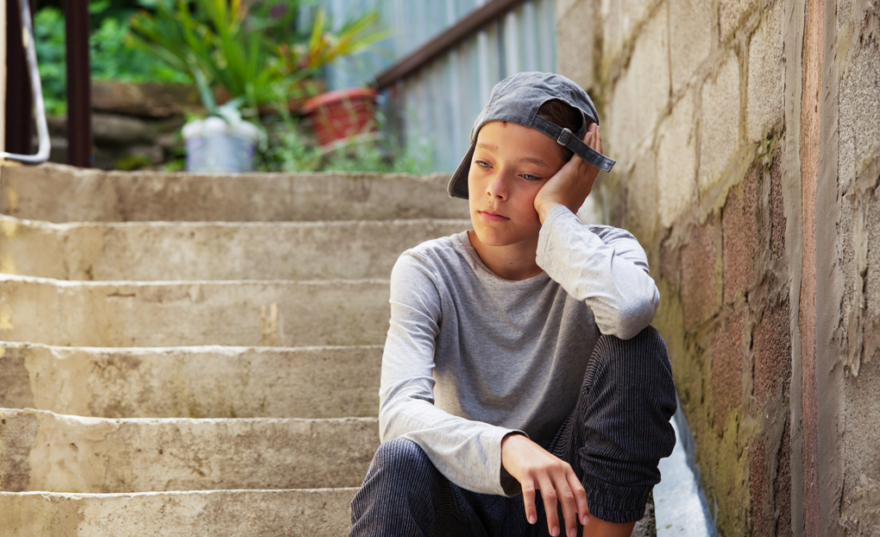Over the past 2 decades, the rate of suicide among children aged 10-14 years in the USA has rapidly increased. Now, suicide is the second leading cause of death in this age group in the USA.1 A study recently published in the Journal of Child Psychology and Psychiatry, has investigated how suicidal thoughts might develop in childhood, focusing on the parent–child relationship.
Kiera James and colleagues enrolled 353 mother–child pairs to their study, of which 44 pairs included a child with a history of suicidal ideation. They then recorded the facial expressions made by the mother and child during positive and negative discussions, using facial electromyography.
James et al. found that families in which the child had a history of suicidal ideation displayed a reduced synchrony of positive facial affect during positive interactions compared to families without this history. “This finding suggests that the sharing of positive facial affect during what is positive interactions may be a core deficit in families in which the child has experienced suicidal ideation”, explains James. “For these families, clinical interventions focused on improving the exchange of positive affect, particularly during positive interactions, might help to reduce future risk”.
These cross-sectional findings now warrant further investigation and extension in a longitudinal study that comprehensively assesses suicidal thoughts and behaviours in children.
Referring to:
James, K.M., Kudinova, A.Y., Woody, M.L., Feurer, C., Foster, C.E. & Gibb, B.E. (2020), Children’s history of suicidal ideation and synchrony of facial displays of affect during mother–child interactions. J. Child Psychol. Psychiatr. doi: 10.111/jcpp.13231.
References:
1Centers for Disease Control and Prevention, National Center for Injury Prevention and Control. (2017). Web-based injury statistics query and reporting system.

